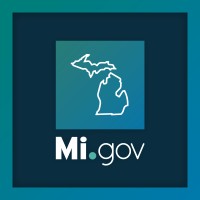
City of Seattle
Work With Purpose. Shape Seattle. Inspire the World. Seattle is more than a world-class city — it’s a vibrant, evolving community rooted in shared values of sustainability, innovation, and inclusion. As a public employer, the City of Seattle is committed to building a city that works for everyone — where communities thrive, opportunity is accessible, and public service drives real, lasting impact. With more than 12,000 employees across 40+ departments, we’re proud to serve the people of Seattle in every aspect of city life — from transportation and utilities to immigrant and refugee affairs, arts and culture, housing, and environmental stewardship. Whether you're maintaining parks, delivering clean water, strengthening neighborhoods, or shaping policy, your work helps power a city that puts people first. We offer more than 1,100 job titles — from seasonal and entry-level positions to senior leadership roles — across a wide range of fields: skilled trades, technology, finance, urban planning, public health, human services, public safety, and more. Whatever your background or career path, there’s a meaningful place for you here. At the City of Seattle, public service is more than a job — it's a shared purpose. We don’t just serve our community — we strive to be a model of what good government can be: inclusive, innovative, equitable, transparent, collaborative, and visionary. We believe that local leadership, done right, can inspire change far beyond our city limits. Joining the City of Seattle means joining a diverse, dedicated team that believes in the power of community and the possibility of progress. Together, we’re building a city where everyone can live, work, and thrive, and showing what’s possible when government works for the people it serves. Come build your career and community with us! #OneSeattle View the City's policies at seattle.gov/digital






